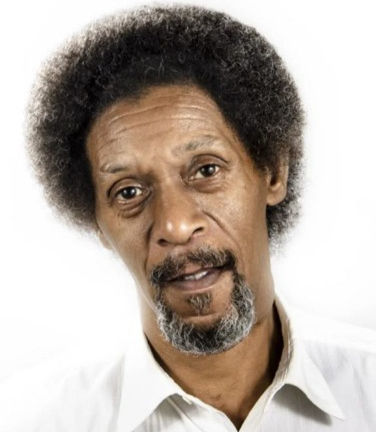Navigating Through the Harsh Realities of White Supremacy
- David W. Marshall

- Nov 15, 2024
- 4 min read

I’ve been told that I give the Black church too much credit. But when you look at how our ancestors navigated through the harsh realities of racial oppression and White supremacy to survive, it is credit well deserved.
On our worst day as Black men and women living in the 2024 version of America, it will never compare to the typical day of a Black person trapped in the institution of slavery. Family always played a major part in helping enslaved Blacks cope with the cruel conditions of their enslavement. Family ties were a means of support and resilience despite having to live a life with the constant threat and fear of having family members sold and taken away. The Black church is given credit because one cannot dismiss the ability that enslaved Blacks were often able to endure and recover from their hardships by way of their Christian faith. In the middle of the night, areas buried deep into the woods (hush harbors) served as their secret sanctuary of worship. While they never benefited from a steepled church with pews and stained-glass windows, the hush harbors became an example of how the church is not a building but a body of believers (people).
The Knights of the Ku Klux Klan, founded in 1865, carried out most of its violent attacks at night and were known for its signature long white robes and hoods. During three dark and tragic periods, the Klan rose from a dormant to an active state in spreading hate and terror toward Blacks, Jews, and Catholics. Their goal, as defenders of White supremacy, was to maintain a society in which White Protestants maintained total control while socially holding back people of other races and religions. As social justice advocates, we must realize that current events simply continue America’s dark past.
The first Klan uprising emerged with its members becoming powerful agents of hate during the period of Reconstruction. It was a backlash mainly in opposition to the government’s attempt to achieve racial equality in the South and permanently guarantee a second-class citizen status for formerly enslaved people. The second period of Klan resurgence was in the early 20th century as a response to the large influx of Catholic and Jewish immigrants coming into the United States. The third major uprising was the violent backlash to the Civil Rights Movement during the 1950s and '60s. Of the three periods, it was the second emergence during the 1920s, which was far different and dangerous than the first and third versions. By broadening its agenda, the Klan became a more organized terrorist machine. No longer focused primarily on its bigotry toward Blacks, this group of Klansmen addressed what they perceived to be a threat to the nation’s identity. It brought to light what it means to be an American. As protectors of the “purity” of the nation, the Klan’s anti-Catholic and anti-immigrant ideology began to resonate with the broader population. The spirit of intolerance they promoted galvanized the prejudices and fears of native-born Americans. With immigrants arriving from Southern and Eastern Europe, their presence was perceived as the social and cultural decay of American values.
By combining bigotry with patriotism, the Klan was effective in defining its version of what it meant to be a patriot, a “pure American.” Racist ideology and false doctrines became normalized and accepted in mainstream America. The Klan developed a powerful and influential network with wide support from white politicians and clergy. This spirit of intolerance became entrenched and deeply influential in the political process to elect and control state legislators, state governors, U.S. senators, U.S. representatives, and a large number of local officials. Today, we are in the midst of another demographic change in which the White supremacy backlash has evolved beyond the Ku Klux Klan and has become much more politicized and accepted.
In 2021, the United States population expanded at its slowest rate in history, and for the first time, the majority of its population growth came from immigration. Despite policies limiting the admission of foreigners, our nation is on track to reach its anticipated 2044 “majority-minority” milestone: the moment when the majority ethnic group, non-Hispanic White people, becomes one of multiple minorities. This pending demographic change will permanently change the identity of the nation, and with it comes intensified hatred from White supremacists.
Our history tells us that White supremacists are unwilling to honor their American traditions while simultaneously adapting to changing demographics and the citizenship and rights that go with it. Their future minority status leaves in its wake a dismantled democracy that guarantees the political and economic dominance of wealthy White men.
Black men and women heavily relied on their faith against White supremacy during the era of slavery and the Civil Rights Movement. As we enter this new MAGA era and move closer to the “majority-minority” milestone, we can expect the racial backlash to increase in multiple ways. The return to the modern-day version of the hush harbors may be the way to navigate through the harsh realities of white supremacy.
David W. Marshall, a Trice Edney News Wire columnist, founded the faith-based organization, TRB: The Reconciled Body, and is the author of the book God Bless Our Divided America.

















Comments